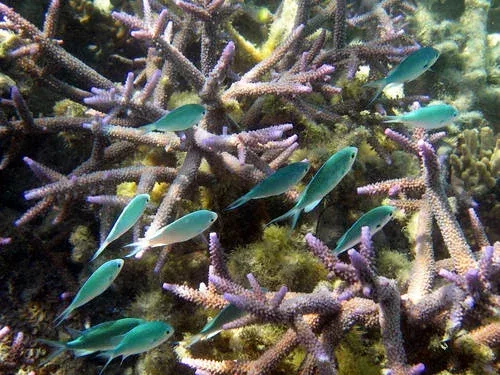26 February 2013: The Intergovernmental Oceanographic Commission (IOC) of the UN Educational, Scientific and Cultural Organization (UNESCO) reported on the impacts of the La Niña phenomenon in 2010-2011, which caused a massive ocean heatwave in the Indian Ocean, more than 10,000 km off of Australia’s western coast.
The IOC provided an overview of the ecological consequences of the heatwave in this global biodiversity hotspot, including widespread coral bleaching and fish kills in two UNESCO Marine World Heritage Sites, namely Shark Bay and Ningaloo Coast. The link between the ocean heatwave and La Niña was established by US and Australian oceanographers, using data collected under the Global Ocean Observing System (GOOS), in particular from its Argo profiling floats observation programme.
According to the IOC, this extreme event in the Indian Ocean, now called ‘the Ningaloo Niño,’ was driven by unusual features in the Leeuwin Current, the longest continuous boundary current in the world characterized by warm ocean water. In the context of a warming ocean, Australia’s Commonwealth Scientific and Industrial Research Organisation (CSIRO), noted the importance of “understanding the factors that influence the formation of events like the 2011 Ningaloo Niño” in order to prepare for impacts from extreme warming events in the future.
Source: Biodiversity Policy & Practice
